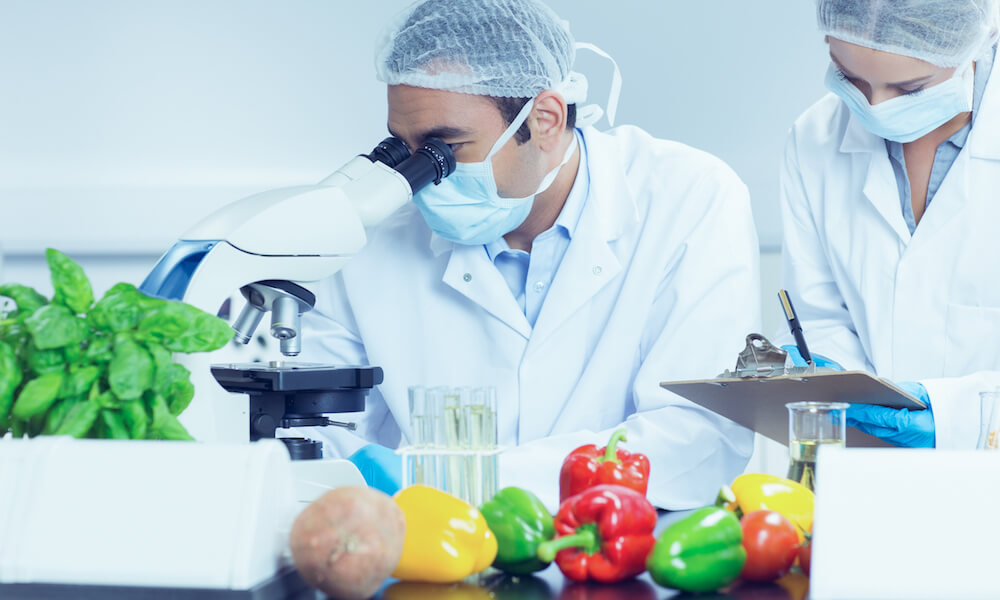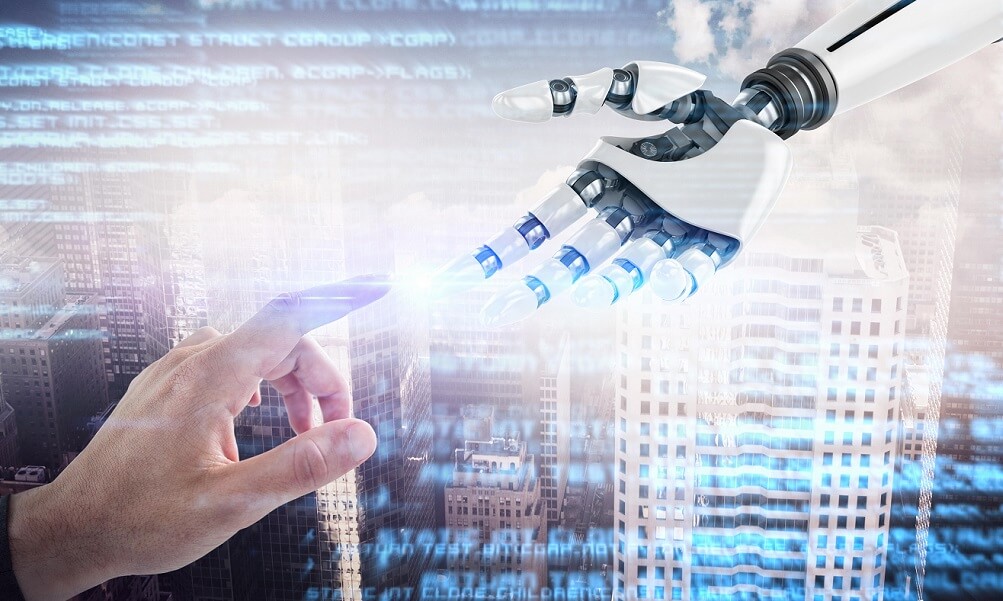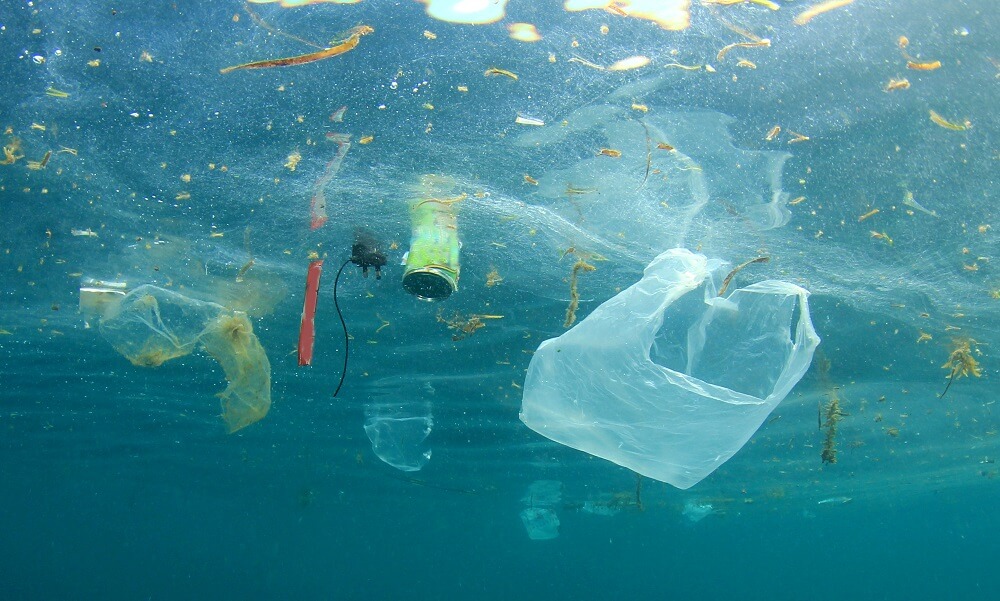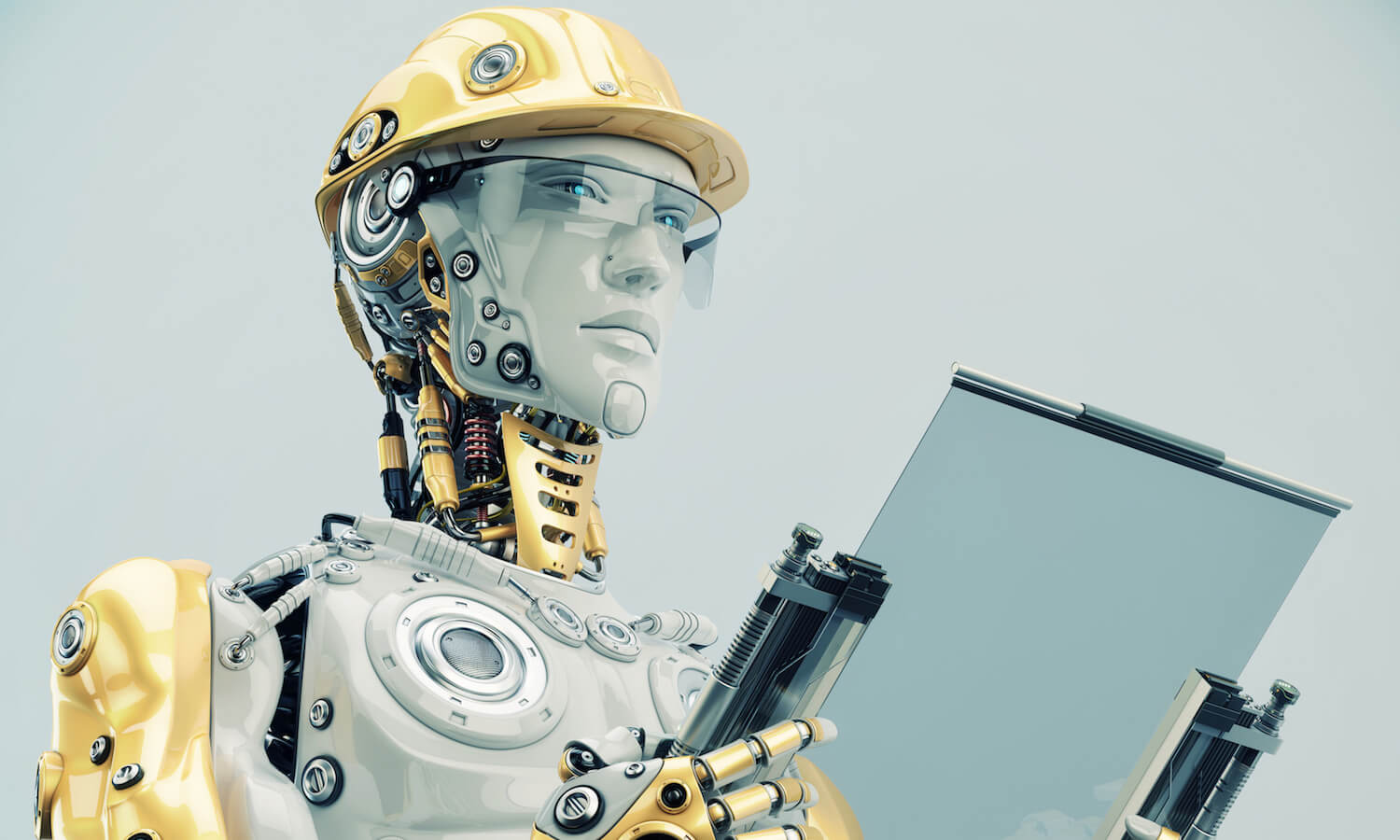Maybe you’ve always wanted to express yourself through art but didn’t feel talented enough. No problem! Technology isn’t just a shortcut to creating art; it’s the basis of whole new forms of art that you can explore.


Maybe you’ve always wanted to express yourself through art but didn’t feel talented enough. No problem! Technology isn’t just a shortcut to creating art; it’s the basis of whole new forms of art that you can explore.

Seventh-grader Gitanjali Rao created a lead-in-water detection tool in response to the Flint water crisis. Watch the videos to learn more about her invention.

Look at the infographic for a quick breakdown of the cost to live on Mars.

Reducing or eliminating meat consumption reduces our toll on Earth’s resources. Read about how people are searching for meat-free and sustainable food options.

Read about companies trying to make food sustainable for us and our environment.

Check out this infographic which shows how technological advances have hugely changed the social interactions of teens over the last two decades.

Think about the time you spend each day looking at TV. How much is too much? Do you think that what you watch could lead to poor eating habits one day? Read an article that makes recommendations for media exposure.

Life on Mars is a work in progress. Six NASA volunteers took part in the HI-SEAS (Hawaii Space Exploration Analog and Simulation) experiment to explore how astronauts might one day live on Mars. Investigate the importance of food preparation on such a mission.

Stories, novels, and movies allow us to consider possibilities beyond our everyday experiences. Some philosophers and nuclear physicists have begun to question whether the science-fiction movie The Matrix might have touched on a scientific reality.

Researchers study wasps to figure out how to create a drone that can move and lift other objects.

There’s definitely one of the tales of the Brothers Grimm that you’ve never heard, because it was developed using artificial intelligence after analyzing their works. Find out what that’s all about and why stories about princesses and shepherds still capture us.

Is “smart packaging” with sensors and bluetooth connectivity the future of consumer packaging? Read about the possibilities.

Technological advances force some objects to become obselete. Something widely used even ten years ago may now be a relic. An online museum aims to catalog and preserve the sounds these outdated objects make.

This article explain the intended benefit of releasing genetically-modified mosquitoes into the country of Burkina Faso.

Read this article to learn about a professor who is trying to teach an artificial intelligence system to interpret stories by having it read Macbeth.

While still a teenager, Boyan Slat of the Netherlands founded the Ocean Cleanup to address the environmental disaster of plastic marine debris. Now one of his ideas is being put into action. But will it work?

Tourists of Governor’s Island can now travel back in time to the 17th century as a colonist with their own storyline and cast of characters thanks to augmented reality.

View the infographic to gauge the danger-level and likelihood of potential AI scenarios.

The Kepler Space Telescope is facing retirement, but its nine year life has given humans amazing discoveries of Earth-like planets.

In her thesis project, graduate student Hannah Rozenberg created an algorithm to measure how male or female physical spaces are and created architectural models of gender neutral spaces.